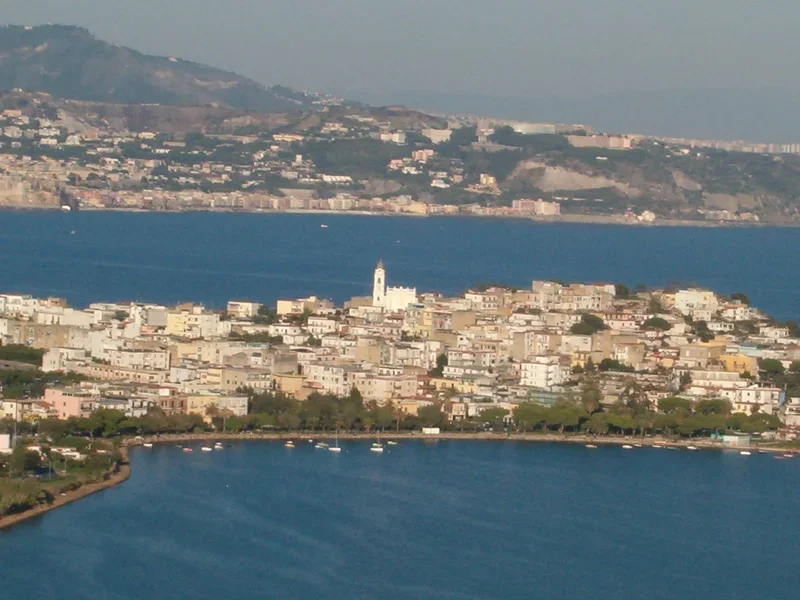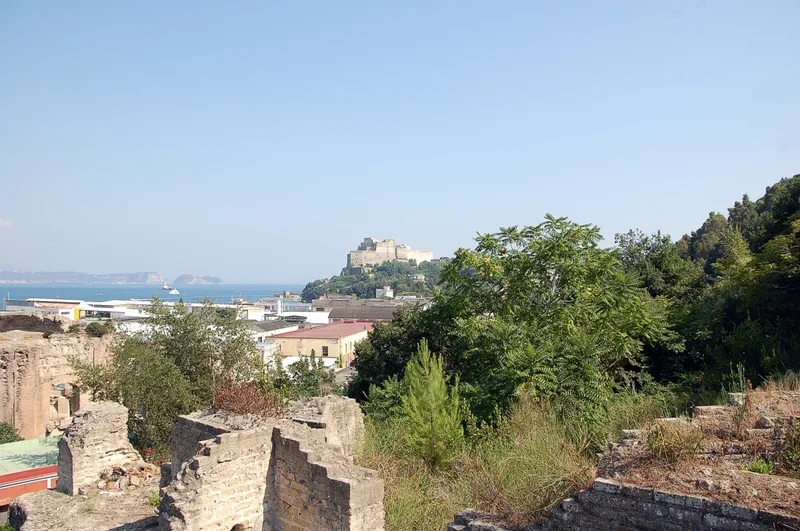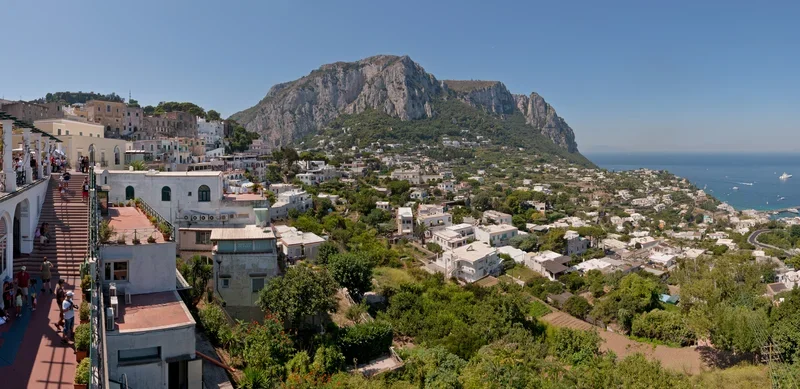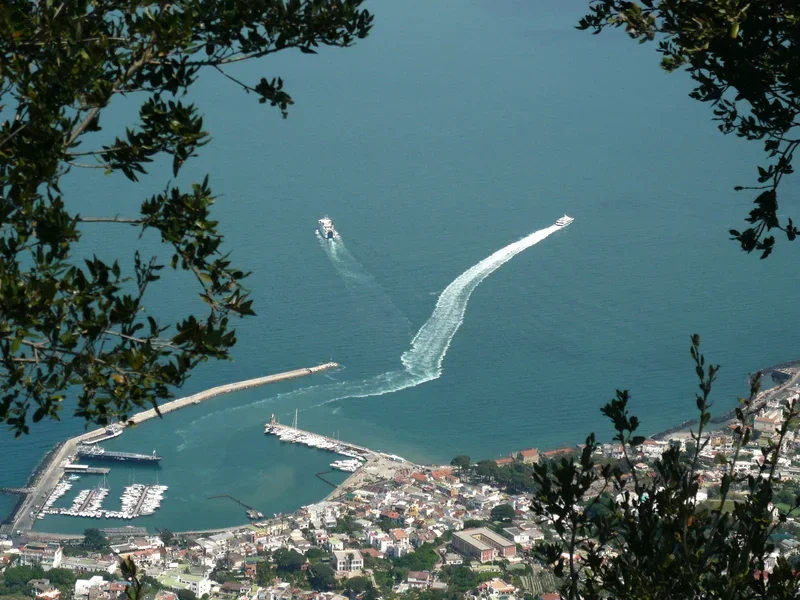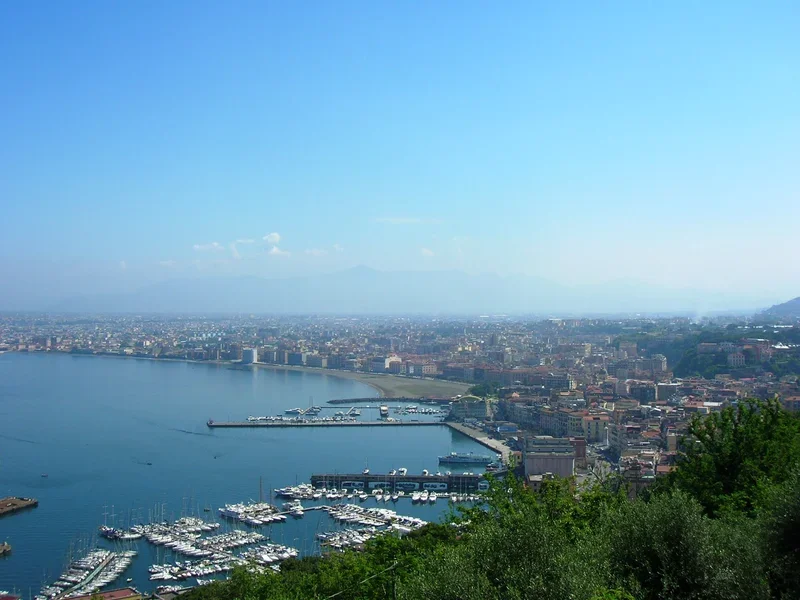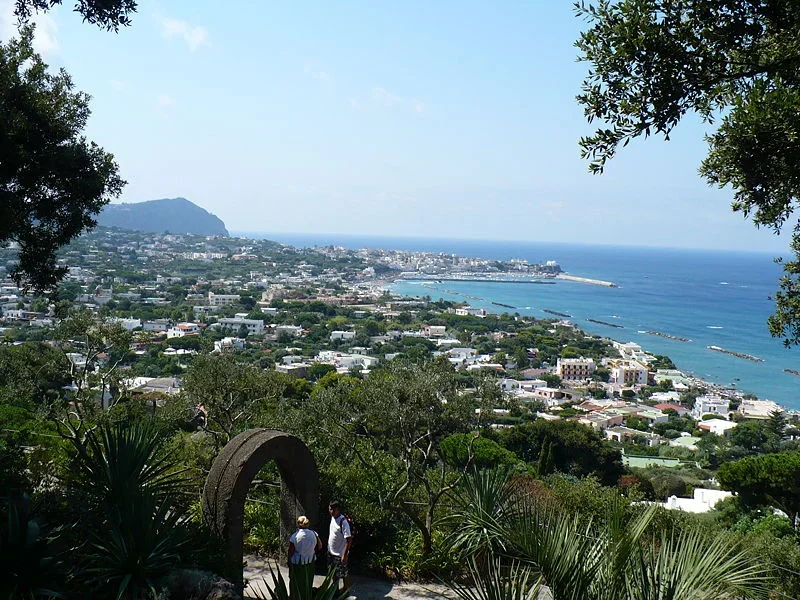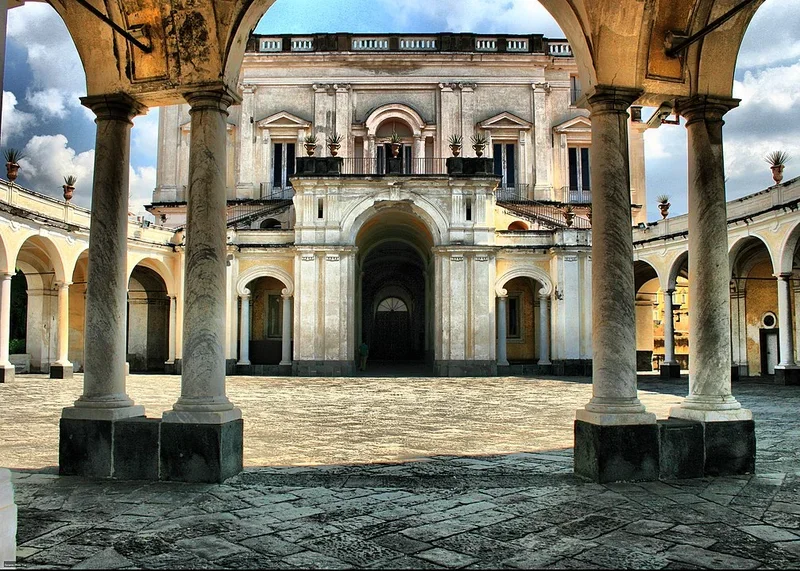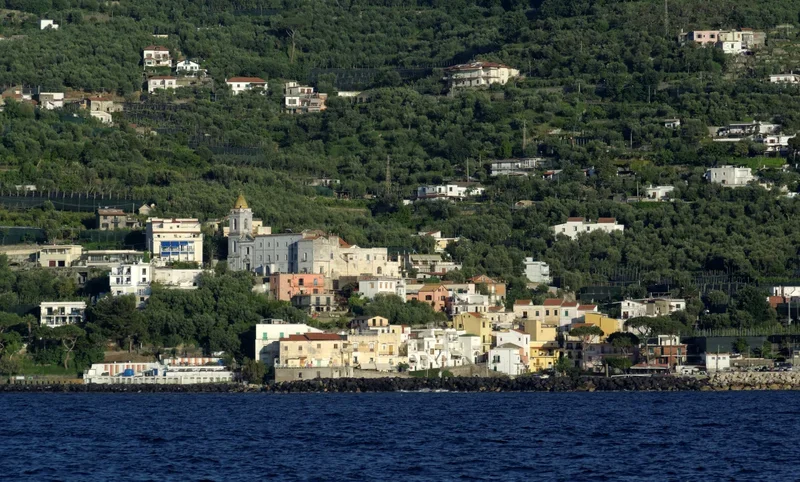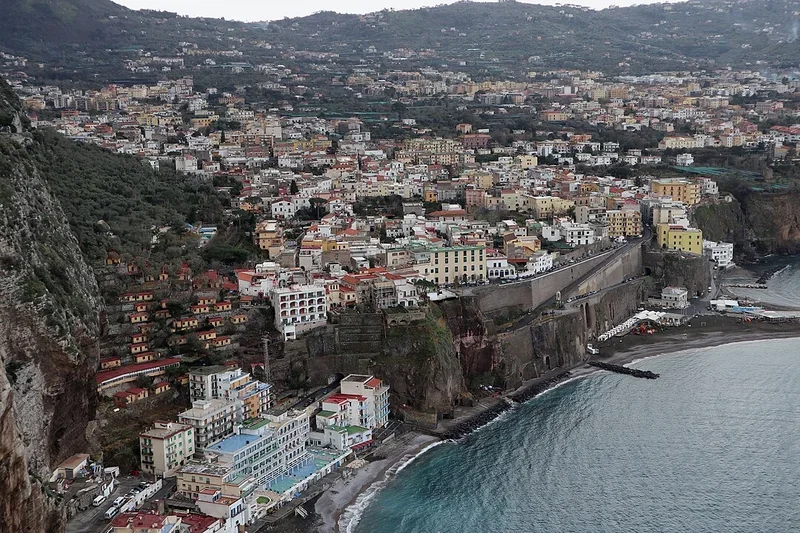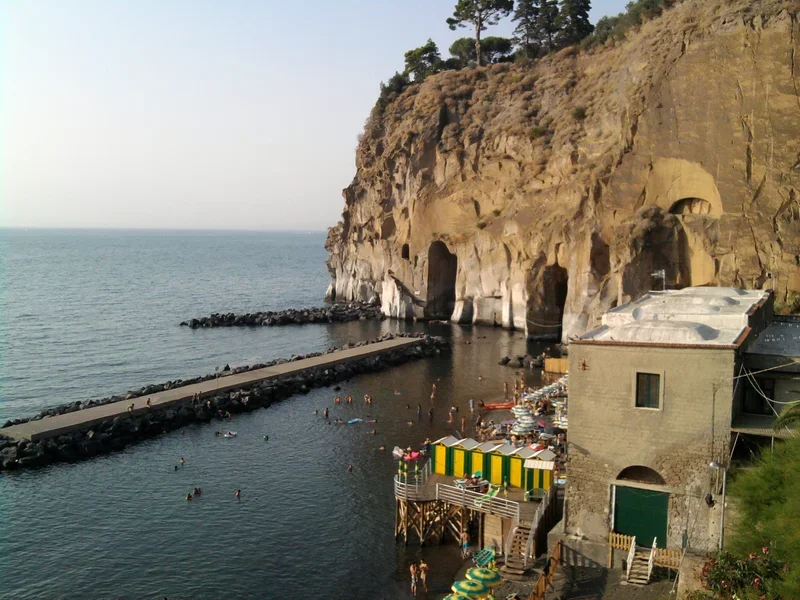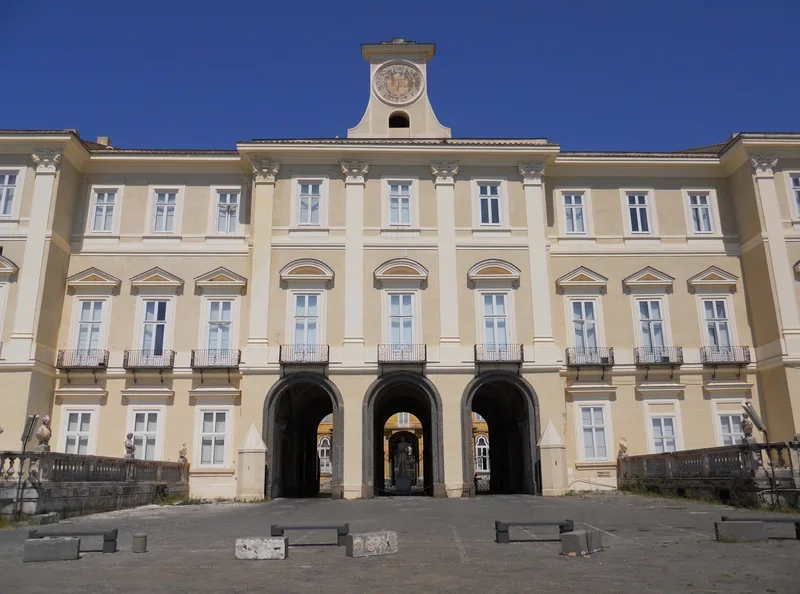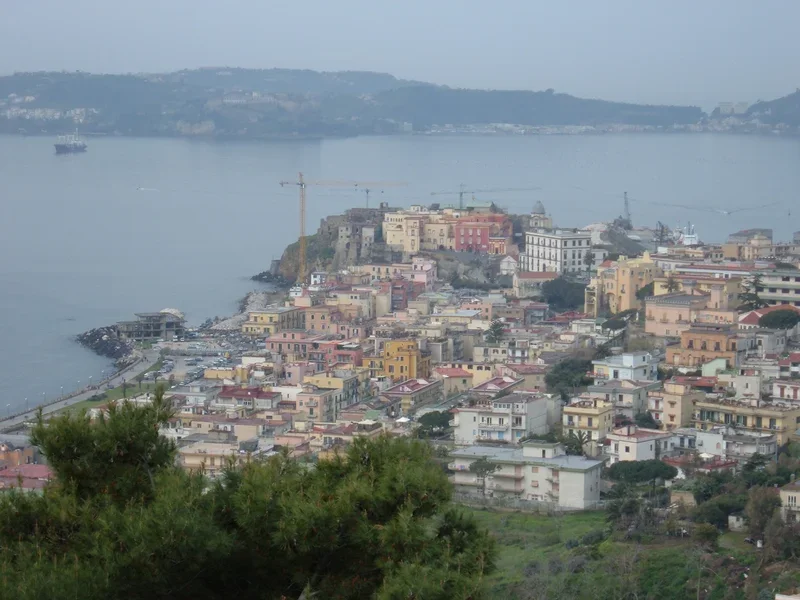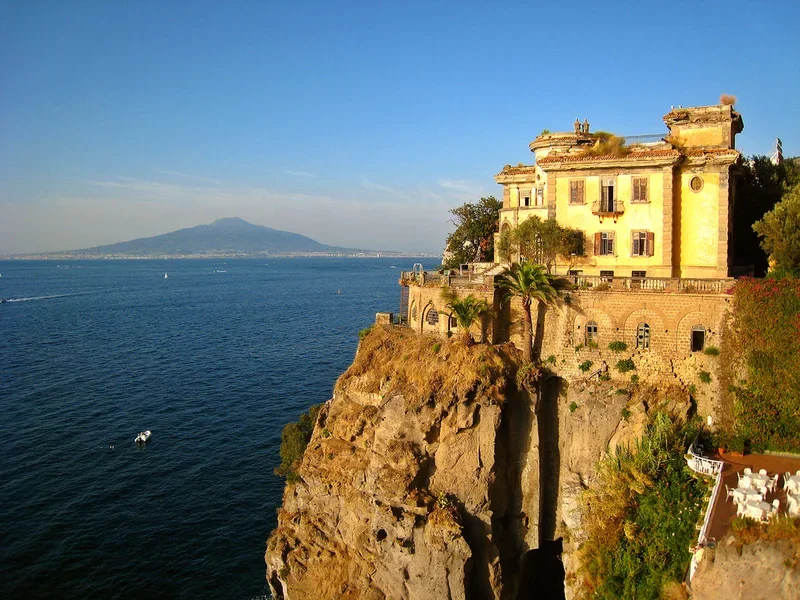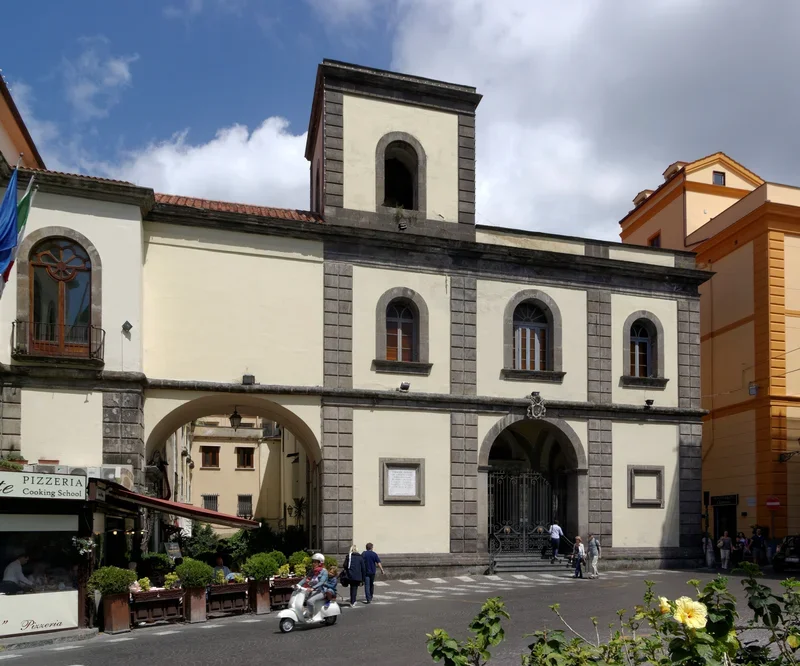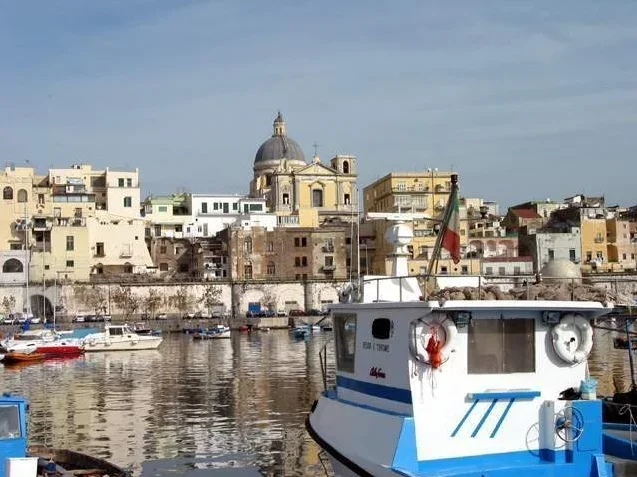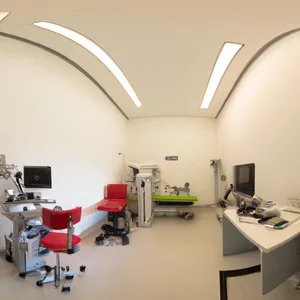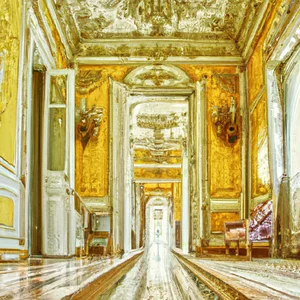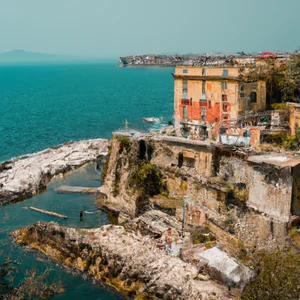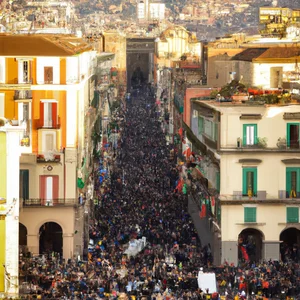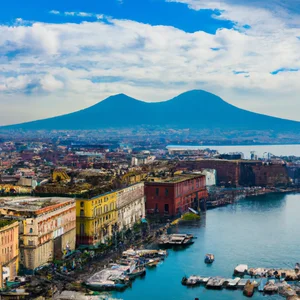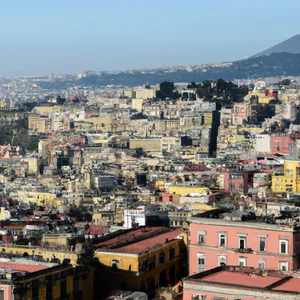Book your experience
Discovering underground Naples: a journey through time
Naples is a city that enchants with its liveliness, its culture and its thousand-year history, but there is another face of this metropolis that deserves to be explored: the underground one. Underground Naples is a fascinating labyrinth of tunnels, catacombs and centuries-old structures that tell a story parallel to the one taking place on the surface. This journey through time takes us through centuries of history, revealing how the city has evolved and adapted to the needs of its inhabitants.
In this article, we aim to guide you through ten highlights that make up the mosaic of underground Naples. We begin with the historical origins of this fascinating world, and then immerse ourselves in the catacombs of San Gennaro, a place of great religious and historical importance. We will discover the Bourbon tunnel, an extraordinary engineering work, and the Greco-Roman aqueducts, evidence of an era in which water was a precious and vital commodity.
There will be no shortage of stops in the crypt of San Gaudioso, in the Roman theater of Neapolis, and in the esoteric stories that surround the city. Furthermore, we will explore the Underground Museum and the recent excavations that have uncovered forgotten treasures. Finally, we will conclude with practical advice for those who wish to venture into this extraordinary experience. Get ready to discover a side of Naples that few know, where history and mystery intertwine in a fascinating underground tale.
Historical origins of underground Naples
The origins of underground Naples date back to the Greco-Roman era, when the ancient city of Neapolis was characterized by a complex system of tunnels, cisterns, and underground passages that were used for different purposes.
These underground spaces served as shelters during enemy invasions, as places of pagan and Christian worship, and as warehouses for precious goods. The presence of these underground structures highlights the importance and complexity of the city of Naples already in ancient times.
With the passing of the centuries, underground Naples has been the subject of numerous archaeological studies and research which have allowed us to discover ever new details about its history and functions. Today, visitors have the opportunity to explore these ancient dungeons and immerse themselves in the thousand-year history of the city.
Guided tours of underground Naples offer a unique and fascinating experience, allowing visitors to discover the secrets hidden beneath the streets of the city and immerse themselves in a journey through the centuries of history that have shaped Naples and its unique identity .
The catacombs of San Gennaro
Origins and history
The catacombs of San Gennaro are one of the most evocative and mysterious places in underground Naples. Dating back to the 2nd century AD, these catacombs were used as burial places for early Christians and as a place of worship during Roman persecutions against Christians.
The catacomb complex extends for approximately 3,000 square meters and includes several galleries, burial chambers and frescoed chapels. Inside are preserved the relics of San Gennaro, the patron saint of Naples, which were moved here in the 5th century to protect them from barbarian invasions.
Architectural and decorative elements
The catacombs of San Gennaro present a mix of architectural styles, ranging from Roman to early Christian. The walls of the galleries are decorated with frescoes depicting scenes from the Bible and Christian symbols, testimony to the faith and devotion of the first Neapolitan Christians.
One of the highlights of the catacombs is the Chapel of San Gennaro, where it is possible to admire a cycle of frescoes from the 4th century that narrate the life and martyrdom of the saint. Among other attractions, there is also the Bishops' Crypt, where the bishops of Naples from the 4th to the 9th century are buried.
Visit and practical information
To visit the catacombs of San Gennaro it is necessary to book a guided tour, as the site is not open to the public independently. During the visit, it is recommended to wear comfortable clothes and suitable shoes, as the terrain inside the catacombs is often uneven.
It is also advisable to bring a flashlight with you, as the light inside the catacombs is limited. Finally, it is recommended to respect the silence and sacredness of the place, so as to be able to fully appreciate the beauty and spirituality of the catacombs of San Gennaro.
The Bourbon tunnel
Historical origins
The Bourbon tunnel, also known as Galleria Borbonica, is a system of underground tunnels located in the heart of Naples. Built in the 19th century at the behest of King Ferdinand II of Bourbon, the tunnel had the aim of connecting the Royal Palace with the San Giovanni a Carbonara district, thus allowing the sovereign to move around the city in a safe and protected way.
Description
The Bourbon tunnel extends for about a kilometer under the soil of Naples and is made up of a series of tunnels, tunnels and underground rooms. Initially used as an escape route for the royal family during riots and insurrections, the tunnel then took on various functions over time, including ammunition storage during the Second World War.
Currently, the Bourbon tunnel is open to the public and offers the possibility of exploring this fascinating underground labyrinth. During the guided tour, it is possible to admire the ancient royal carriages, the underground prisons and the historical testimonies of the Bourbon era.
Curiosities
One of the most fascinating aspects of the Bourbon tunnel is its history linked to the Bourbon monarchy and the historical events of Naples. During the guided tour, it is possible to discover anecdotes and curiosities related to the construction and use of the tunnel over the centuries.
The Bourbon tunnel therefore represents an important testimony to Naples' past and its rich underground history, offering visitors the opportunity to immerse themselves in a fascinating and mysterious world beneath the city.
The Greco-Roman aqueducts
Historical origins of underground Naples
The Greco-Roman aqueducts are a fundamental part of underground Naples, which tells the thousand-year history of the city. Naples, founded by the Greeks in the 7th century BC, was one of the first cities to be equipped with a water supply system. The ancient Romans subsequently expanded and improved the existing aqueducts, using the advanced technology of the time to ensure an adequate supply of water to the population.
These aqueducts, built with skill and precision, are a true engineering masterpiece of antiquity. They cross kilometers of underground terrain, following sometimes tortuous and complex routes, to reach the water sources and bring it to the city. The presence of these underground aqueducts is a clear sign of the importance that water supply had for the ancient civilizations that lived in Naples.
Nowadays, it is possible to visit some sections of the Greco-Roman aqueducts thanks to the special tourist routes organized by the local authorities. During the visit you can admire up close the incredible architectural structures that allowed the transport of water, and discover the secrets and curiosities linked to their construction and use in antiquity.
The crypt of San Joyful
Historical origins
The crypt of San Gaudioso is a place of great historical and religious importance located in the historic center of Naples. Dating back to the 4th century AD, the crypt was built under the basilica of Santa Maria della Sanità, on one of the oldest sites in the city.
Description
The crypt of San Gaudioso is an evocative and mysterious place, composed of a labyrinth of tunnels and tombs that extend across several underground levels. Inside there are numerous works of sacred art, including frescoes, statues and sarcophagi, which testify to the profound devotion of the faithful towards the holy martyr.
One of the main distinctive elements of the crypt is the presence of the so-called "Neapolitan catacombs", underground tunnels used as burial places during the early Christian era. These catacombs have been expanded over the centuries, becoming a complex labyrinth that extends for kilometers beneath the city.
Legends and mysteries
The crypt of San Gaudioso is shrouded in mysteries and legends that fascinate visitors. It is said that the holy martyr was buried alive in one of the tombs of the crypt, and that his spirit still wanders among the underground walls in search of peace.
Some visitors report hearing strange noises and voices coming from the depths of the crypt, while others claim to have felt the presence of a supernatural presence during their visit. These stories contribute to creating a suggestive and mysterious atmosphere that makes the crypt of San Gaudioso a unique place of its kind.
For lovers of history and sacred art, the crypt of San Gaudioso represents an essential stop during a visit to Naples. Its thousand-year history and its evocative atmosphere make it a place of great charm and charm, capable of transporting visitors on a journey back in time.
The Roman theater of Neapolis
Historical origins
The Roman theater of Neapolis is one of the most important archaeological sites in Naples and dates back to the 1st century BC. It was built during the Roman era on the Pizzofalcone hill, in a panoramic position over the city. Its construction testifies to the importance of Naples as a cultural and political center of the time.
Structure and characteristics
The Roman theater of Neapolis had a capacity of around 5,000 spectators and was divided into three sections: the cavea (where the steps for the spectators were located), the orchestra (the stage) and the scene (the rear part of the stage). The structure was richly decorated with columns, statues and frescoes, testifying to the great artistic level achieved by the ancient Romans.
The theater was used for theatrical, musical and gladiatorial shows, and was a place of aggregation and socialization for the Roman population. Its panoramic position allowed a breathtaking view of the city and the sea, making the experience of the shows even more evocative.
Discovery and restoration
The Roman theater of Neapolis was discovered only in the 19th century during the construction of a modern building. Since then, numerous excavations and restorations have been carried out which have made it possible to bring the original structure to light and make it accessible to the public.
Today the Roman theater of Neapolis is one of the main archaeological sites of Naples and attracts numerous tourists interested in the history and culture of ancient Rome. Your visit is a unique opportunity to immerse yourself in the atmosphere of the Roman era and admire up close the wonders of the architecture and art of those times.
Esoteric Naples: myths and legendsEsoteric Naples: myths and legends
The ancient beliefs and traditions hidden beneath the surface of Naples
Naples is a city rich in history and traditions, many of which are linked to myths and legends that have been handed down for generations. Beneath the surface of the city are hidden secrets and mysteries that tell of ancient cults and popular beliefs.
One of the most mysterious places in Naples is certainly the Immacolatella Fountain, located in the Santa Lucia district. According to legend, whoever drinks the water from this fountain will return to Naples. Other stories speak of ghosts that wander the streets of the city, such as that of the Nun of Santa Chiara, who appears at night to pray near her tomb.
Another legendary place is the Fontanelle Cemetery, where the souls of the deceased are said to wander in search of peace. Here it is possible to find the so-called "pezzentelle souls", nameless bones that are adopted by the Neapolitans who venerate them and take care of them as if they were real relatives.
Esoteric Naples is also linked to pagan and mystical traditions, such as the cult of the goddess Isis, which is still celebrated today during the feast of Santa Maria Egiziaca. Other ancient rites survive in popular festivals, such as the celebration of San Gennaro, the patron saint of the city, who every year brings thousands of faithful in procession through the streets of Naples.
For those interested in discovering the secrets of esoteric Naples, it is possible to take part in guided tours that lead to the discovery of mysterious and fascinating places, where history mixes with legend and the sacred merges with the profane.
The Museum of the Underground
The Museum of the Underground of Naples is one of the city's most fascinating attractions, offering visitors the chance to explore the mysteries and wonders hidden beneath the streets of Naples. This one-of-a-kind museum collects archaeological finds, works of art and historical evidence that tell the thousand-year history of the underground city.
The origins of the Underground Museum
The Museum of the Underground was created with the aim of enhancing and preserving the rich historical and cultural heritage of underground Naples. Thanks to the archaeological excavations conducted in recent decades, it has been possible to recover numerous finds that document the human presence in the subsoil of Naples since ancient times.
The museum presents a vast collection of finds from the ancient aqueducts, tunnels and underground crypts of the city, allowing visitors to immerse themselves in the history and culture of Naples through an evocative and fascinating journey.
Through permanent and temporary exhibitions, the Underground Museum offers a complete overview of the different historical eras that characterized underground Naples, allowing visitors to discover the secrets and wonders hidden beneath the city's alleys.
Furthermore, the museum organizes guided tours and educational activities to introduce the public to the history and beauty of the subsoil of Naples, offering a unique and unforgettable experience for all those who decide to visit it.
The rediscovery of the underground: excavations and restorations
Archaeological excavations
The rediscovery of the subsoil of Naples was possible thanks to the archaeological excavations conducted over the years. Archaeologists have worked hard to bring to light ancient structures and finds that tell the thousand-year history of the city. Thanks to this research, today we can admire precious testimonies of the past hidden under the Neapolitan soil.
Restorations and enhancement
In parallel with the excavations, important restoration works were carried out to preserve and enhance the evidence of the underground. Thanks to targeted interventions, it was possible to restore the right splendor to places such as the catacombs of San Gennaro, the Bourbon tunnel and the crypt of San Gaudioso. The restorations have allowed these fascinating places to be opened to the public, offering residents and tourists the opportunity to immerse themselves in the history of Naples.
Furthermore, the valorisation of the subsoil has contributed to making the city even more fascinating and full of hidden treasures. Thanks to the rediscovery of these places, Naples has become an increasingly popular destination for those who love discovering the history and culture of a place through its historical testimonies.
For those who visit Naples, it is an unmissable experience to immerse yourself in the city's underground and discover the secrets that lie beneath its surface. Thanks to excavations and restorations, it is possible to take a journey through time and discover the hidden wonders of one of the most fascinating cities in Italy.


